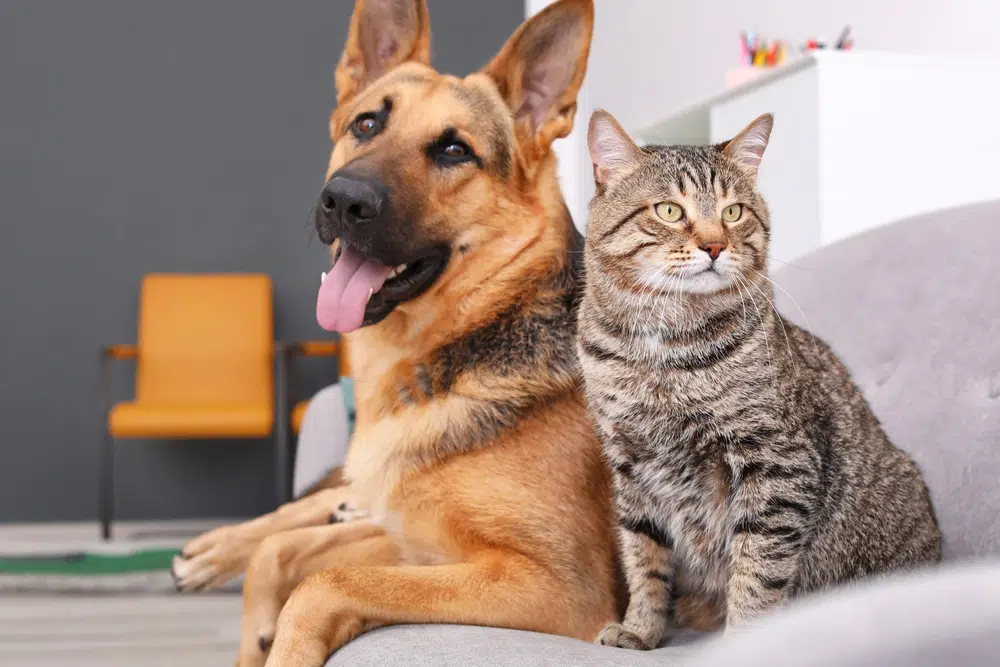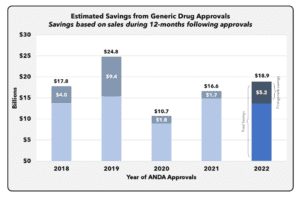How much is pet insurance?

If your pet falls ill, is injured, or has an unexpected medical emergency, pet insurance offers financial peace of mind. Vet bills can come with a heavy price tag, and making the decision between your pet’s health and the cost of treating them is a difficult and uncomfortable position to be in. But how much is pet insurance, and is it worth the investment?
Here, we explore what you can expect to pay for pet insurance, what factors will affect your premiums, and how you can insure your pets for less.
What is pet insurance?
If you’ve recently become a pet owner, or have only just faced your first serious vet bill, you might not be familiar with pet insurance.
Pet insurance provides a financial safety net by covering the veterinary expenses necessary to treat illness, injury, and accidents. It ensures that your pet receives the medical care they need without putting you under financial strain.
Some types of pet insurance can also cover other eventualities, including the loss, theft, or death of a pet. And some policies will provide financial liability in the event that your pet injures someone or damages their property. This might be useful if you own a horse and offer lessons to the public, for example.
Policies vary in coverage and cost, and most will be tailored to your individual needs and budget. Some of the conditions you might expect to see from a reputable provider include:
Multiple levels of cover: Choose which tier suits your unique circumstances. Some upper levels can cover up to £12,000 of vet bills every year.
24/7 service: Free access to veterinary services 24 hours a day, 7 days a week, 365 days a year.
Multi-pet discount: Some providers offer discounts if you cover multiple pets on one policy, saving both time and money.
How much is pet insurance in the UK?
Like other types of insurance, there is no one-size-fits all cost for pet insurance. What you pay will depend on several key factors. These include:
Type of cover
Just like third-party and comprehensive insurance for your car, there are different types of pet insurance.
The most affordable is accident only coverage, but as the name suggests, it typically only covers your pet for accidents. It usually won’t cover the costs and ongoing treatment of your pet being diagnosed with an illness, though there are some exceptions. Slightly more comprehensive options include time limited insurance, which covers short-term accidents and illnesses, and maximum benefit cover, which is designed to cover specific conditions.
The most comprehensive, and typically the most expensive type of pet insurance is lifetime pet insurance. It covers almost all illnesses and accidents, but will usually have a cap on how much you can spend annually and per medical condition. If you reach this limit, you’ll likely have to pay for any further treatment yourself.
The type of pet you have
Dogs and cats are the most affordable pets to insure largely because they’re so common and so many vets are able to treat them. Other common pets like rabbits, guinea pigs, and hamsters are also easy to insure, as are horses.
If you have an unusual or exotic pet, however — such as a reptile or bird — you might find insurance harder to come by and likely more expensive, too.
Your pet’s breed
Pedigree cats and dogs are typically more expensive to insure than mixed-breed animals. This is because pedigree animals are often more susceptible to genetic illnesses, while mixed-breed animals are less so. For example, dogs like German shepherds, labradors and retrievers are prone to hip dysplasia, and French bulldogs and pugs often have breathing problems.
Responsible breeding practices and genetic testing can help reduce the risk of these conditions.
Your pet’s age
The best time to take out insurance is often when your dog or cat is still a puppy or a kitten. This can often be difficult to prioritise, as they’re least likely to fall ill when they’re young.
However, as they get older, the likelihood that you will need to claim gets higher. Insurers know this and, as a result, they typically charge more for older animals. Some insurers will refuse to cover your animal if they’re over a certain age, usually around eight years old in dogs and cats.
Like health insurance for people, most pet insurers won’t cover pre-existing medical conditions. This is another reason to take insurance out while your pet is still young and healthy.
Where you live
You’re likely to pay different amounts for veterinary services depending on where you live. London and the south of England are typically the most expensive regions to treat animals in the UK. These variations in fees are often reflected in the cost of insurance premiums.
Remember that, just like all types of insurance, you have to pay an excess for pet insurance. This is the additional amount you pay towards any claim you make. If your excess is low, you’re likely to pay higher premiums. And if it’s high, your premiums are likely to be lower. While opting for lower monthly premiums is often tempting, make sure that you don’t agree to an excess so high that you might not be able to pay it.
How much is pet insurance for a dog?
Typically, dogs are slightly more expensive to insure than cats. But the actual price you pay will depend on the breed of your dog, whether they’re a pedigree or mixed breed, and their age.
Dog insurance tends to cost between £10 and £20 per month, depending on your level of cover.
How much is pet insurance for a cat?
Cats are slightly more affordable to insure than dogs, mostly because they tend to age better than dogs.
Most cat insurance tends to cost between £5 and £10 a month.
The average cost of pet insurance is therefore generally in the region of £60 to £150 a year for dogs and cats, though depending on the factors above, you could pay a bit more.
How to reduce the cost of pet insurance
If you’d like to reduce the cost of your premiums, here are some useful tips you might want to consider:
Get the right level of cover: Make sure that you’re covered appropriately. You don’t want to be underinsured, because you might end up having to pay out of pocket in the event you have to claim. But you don’t want to be overinsured either. Remove added benefits that you don’t need, and shop around for the policy that suits you best.
Check if you qualify for free treatment: Organisations like the PDSA and the Blue Cross offer subsidised care to sick or injured animals if you are on benefits or if you meet their means-tested criteria.
Spay or neuter your pet: Spaying or neutering your animal might lower your monthly premiums because it limits the chances of your pet developing certain conditions. It also means they’re less likely to stray, which could get them into fights or accidents.
Keep your pet healthy: Giving your pet nutritious food and adequate exercise, keeping up with their vaccinations, and treating them regularly for worms and fleas can help them live a long and happy life. Your insurer will also see these treatments as a sign that you’re less likely to claim for an illness.
Take out multi-pet insurance: If you have more than one pet, placing all your animals on one policy will likely lower your premiums.
Speak to an experienced broker: Seeking out the advice of an experienced broker can ensure that you’re both properly protected and paying a premium you can afford.
The final word: Is pet insurance worth it?
Whether you take out insurance for your pet is ultimately a personal decision, and it’s important to consider your own unique circumstances. However, vet bills can be very expensive. And when you consider that an X-ray for a dog can cost as much as £300, the price of pet insurance doesn’t seem so bad.
Having pet insurance available to you can help to reassure you that you’ll be able to afford to treat them if anything goes wrong.
At Howden, our pet insurance coverage is provided through petGuard, which has nearly 40 years’ worth of experience providing specialist pet insurance for dogs, cats, puppies, and kittens. Get a quote today and you may be entitled to a 20% discount exclusively available to Howden customers.
Also read:






